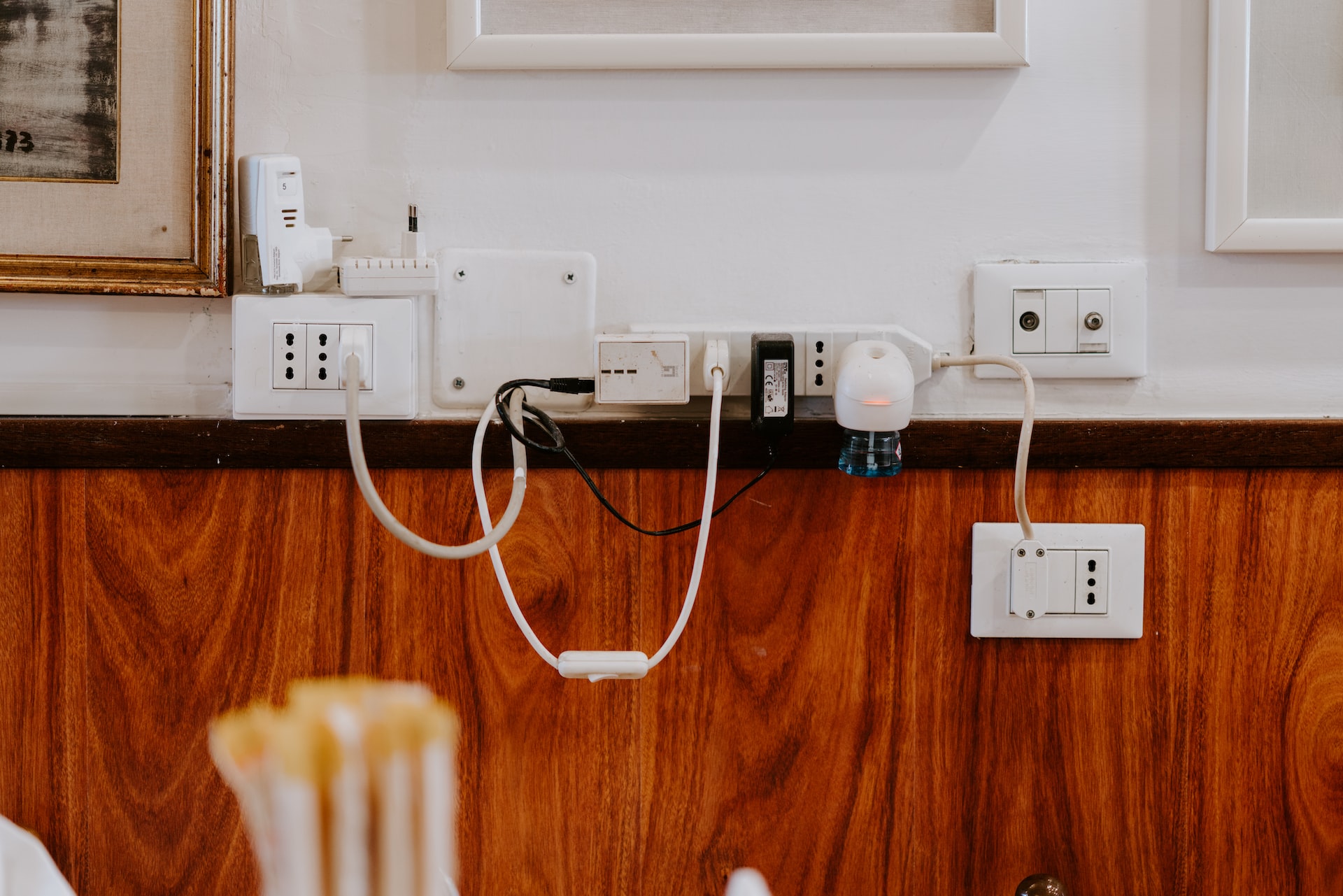Smart Plug Buying Guides: What to Look Into
The smart home market using smart bulb systems is growing rapidly. However, the cost of connecting homes remains a stumbling block for some people. However, one of the smart home devices that have become popular in recent months is the Smart Plug. This is a small adapter that can be plugged into a standard electrical outlet to connect to a Wi-Fi network. It might not be a great demo device, but it is the simplest device you could ever need to create a connected home.
The device is common in every room in your home. To make a truly smart home, you need to update the schematic so it can be monitored, controlled, and monitored remotely. That’s where a Wi-Fi indoor smart plug plays a big role.
You can hire an electrician to remove your existing outlet and replace it with a Wi-Fi indoor smart plug. There is an easier and cheaper way, however. Connect the smart plugs to these sockets. It works the way it sounds. Do not change the base. All you need to do is use the app to set up additional connectors, connect to the network, and check all connected connections.
A Wi-Fi indoor smart plug is useful in every way. Some models have a built-in dimmer that you can use to dim the connected lamps. Others can power small devices like fans and heaters. Others may plan to live at home on vacation and limit the amount of time their children can play video games and watch TV.
Adding a Wifi indoor smart plug to small appliances
By adding a Wi-Fi indoor smart plug to small appliances like coffee makers, lamps, fans, and televisions, you can set your device to turn on and off automatically. Many smart plug for outdoors offer this option to turn everything off in the morning or before bed. Some smart plug apps also allow you to set a schedule that repeats every day or at sunrise and sunset to accommodate the changing hours of sunshine throughout the year.
If the Smart Jack works with Google Assistant or Alexa, you can also include it in a scene or procedure triggered by a simple phrase like “Alexa, movie time” to dim the lights and turn on the TV. I can manage it
Ultimately, the best Wi-Fi indoor smart plug for you is the one that completely interacts with the products you previously have. This includes mainly your smart speakers and displays. You can take an example that if a user has a HomePod or is an avid iPhone, the feeling of a smart home can be obtained with a connector that supports Apple’s HomeKit protocol as the user can control the system with Siri. On the other hand, if a user already uses Amazon Alexa with EchoDot or the Google Assistant with Google Nest Mini, the user needs to make sure that he/she gets a plug-in that supports his/her voice assistant of choice.
Some smart plugs for the outdoors have built-in support for some brands of smart home products. On the other hand, other Wi-Fi indoor smart plugs can interact with anything through IFTTT. The following table lists the features that each plug-in supports so that you can determine the best feature for your needs.
Check Energy monitoring
This function records the energy consumption of the device per day, week, or month in kilowatt-hours (kWh). This information is usually displayed in the appropriate Smart Plug application. This is from TP-Link which tracks power usage and works with Google Assistant and Alexa.
If you are worried about vampire energy or just want to keep your utility bills low, you can use the energy monitoring feature to keep track of your usage. In case, a user doesn’t like the Smart Light family or doesn’t want to pay for a new set of connected kitchen appliances, the user can consider connecting your existing products to a Wi-Fi indoor smart plug to small appliances. Whether you are just starting with smart home technologies or professionally creating your own IFTTT applet – with smart sockets you can automate almost everything in your home easily and inexpensively.
Check Compatibility
Not all smart plugs work with all voice assistants. The first thing you need to know is a voice assistant that works with smart plugs. Compatibility is very important here. This way you can control your device with your voice and integrate it with the rest of your smart home.
If you want to use Apple HomeKit exclusively, there aren’t many options. However, it’s best to start with iHome and iDevices. The connector is compatible with HomeKit and designed for outdoor models of lighting and indoor units. Older smart plug models may require a smart home hub, but many newer models connect directly to home WiFi using the Companion Mobile app. If the Google Assistant or Amazon Alexa is the command center of your smart home, you have different options. Check the product description to make sure the required connector works. This is a page for compatible smart home products.
A Wi-Fi indoor smart plug is considered the basis for making so-called smart homes. Simply plug the Smart Plug into an electrical outlet and connect to the Wi-Fi network using a compatible app on your smartphone or tablet. Once plugged in, plug the device into a smart socket like a lamp or fan and control the device with an app or voice.
Essential Qualities for a Smart plug for outdoors
A Smart plug for the outdoors should provide you with smart control over the decoration of light and outdoor devices. These smart plugs should have weather-resistant outlets. A user can schedule a Smart plug for outdoors and control multiple devices together from anywhere using a smartphone. These outdoor smart plugs should also function with Amazon Alexa, Hey Google, or Apple.

